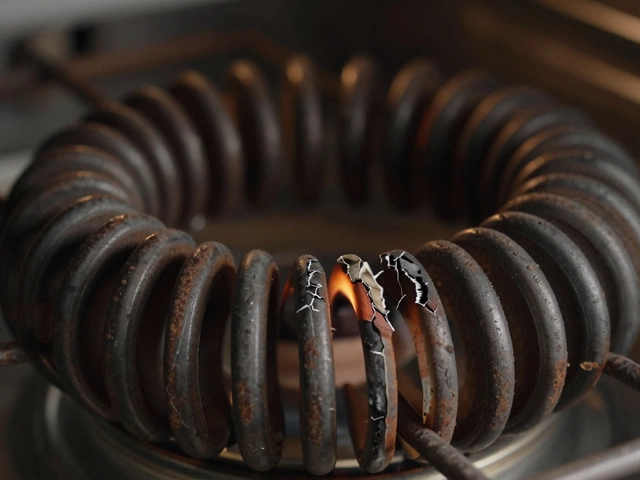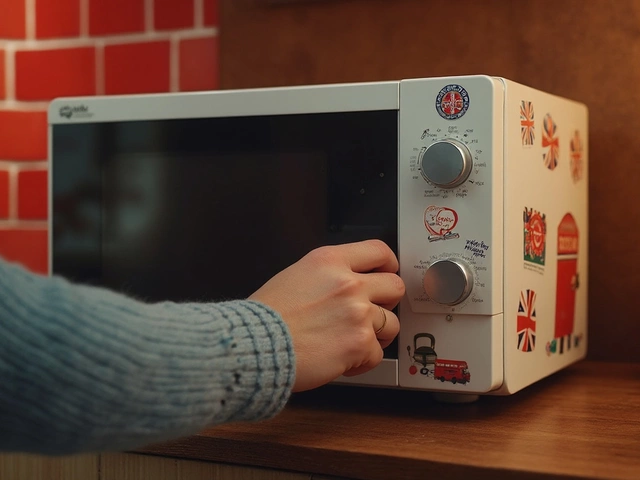Replace Appliances – Your Quick Guide to Repair or Buy New
Got a dishwasher that’s making weird noises or a dryer that no longer heats? The first question that pops up is: should I fix it or should I replace it? This guide walks you through the key signs that tell you it’s time for a new unit, the costs you can expect, and a few simple steps to pick the right replacement.
How to Spot a Replacement Candidate
Look for three red flags. One, the repair bill is getting close to 50 % of the price of a new model. Two, the appliance is more than ten years old and parts are hard to find. Three, it’s showing safety problems – like a fridge that leaks water or a washing machine that sparks. If any of these apply, start thinking about a swap.
Another clue is energy use. Older appliances often guzzle electricity or water. Check your utility bills; a sudden jump may mean your old fridge or boiler is working overtime. Upgrading to an Energy‑Star model can shave off a solid chunk of your monthly costs.
Cost Comparisons Made Simple
When you’re budgeting, break the numbers into three parts: repair cost, new appliance price, and operating savings. For example, a broken oven might cost £200 to fix, but a new, efficient model runs about £600 and could save £50 a year on electricity. In that case, the break‑even point is around eight years – a useful figure if your oven is already 12 years old.
Don’t forget installation fees. Some retailers bundle delivery and fitting into the price, while DIY installation can save a few pounds if you’re comfortable with basic wiring. Always ask for a full quote before you decide.
Lastly, think about the environmental impact. Replacing a failing fridge with a modern, low‑CFC unit reduces greenhouse gas emissions. Many councils offer recycling credits for old appliances, so you’re not just paying for a new one – you’re also getting a small rebate for responsibly disposing of the old.
Now that you know the signs, costs, and benefits, you can make a confident call on whether to replace. If the repair price is low, the unit is relatively new, and it’s still running efficiently, fixing it makes sense. When the appliance is old, pricey to fix, or a big energy hog, replace it and enjoy lower bills and fewer breakdowns.
Need help picking the right model? Look for reputable brands, read a handful of recent reviews, and compare warranty lengths. A longer warranty often means the manufacturer believes in the product’s durability – a handy safety net for your investment.
Bottom line: replace appliances when repair costs climb, safety becomes a concern, or energy waste hurts your wallet. Using these simple checks will keep your home running smoothly without unnecessary expenses.






